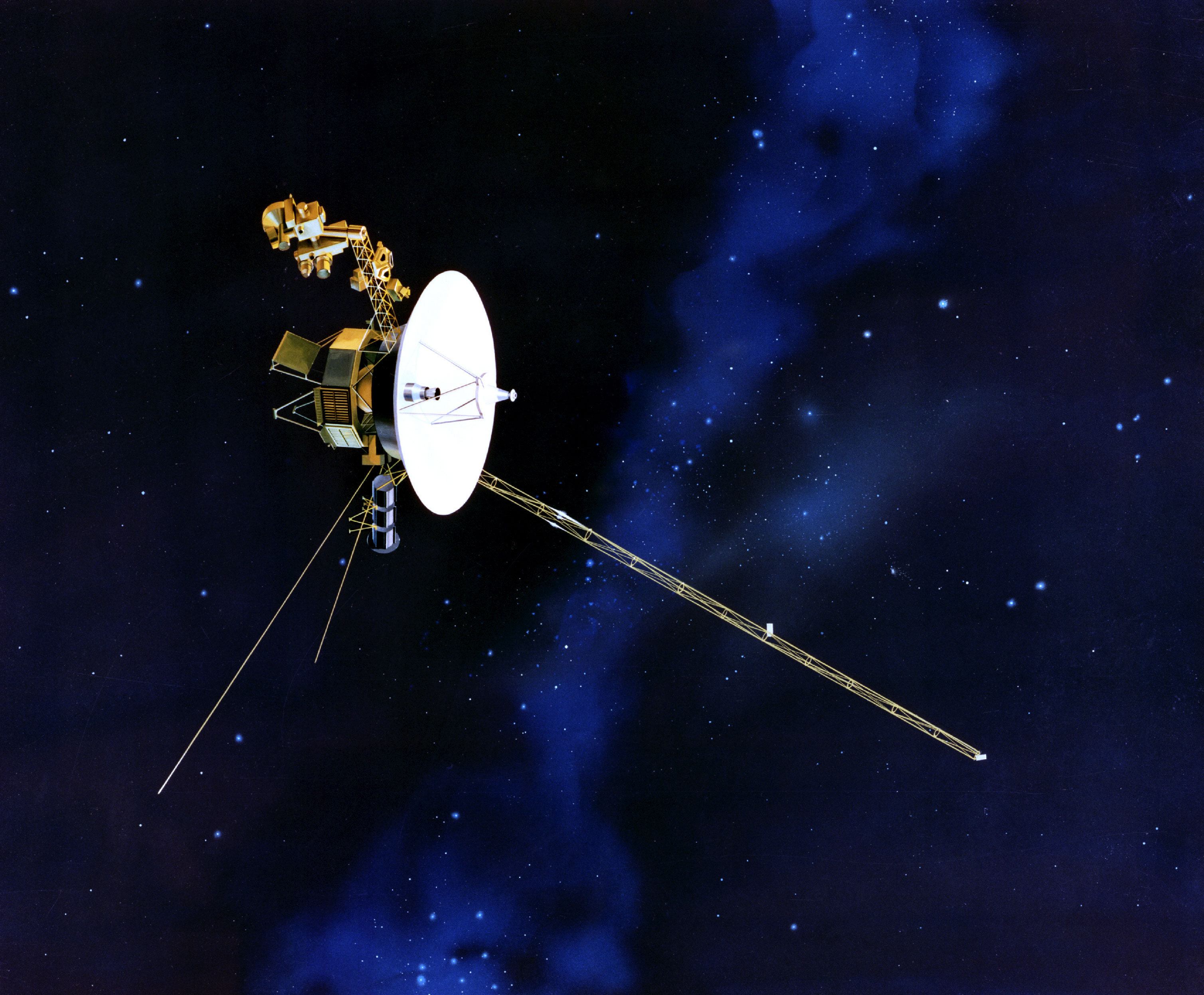I would like to finish this series on Space Propulsion with something that is related to propulsion and its limitations, but it is not actually a propulsion mechanism. It is a type of maneuver that can change a spacecraft’s speed without using any reaction mass, this means, without spending any fuel. It is commonly known as “Gravity Assist”, or “Swingby”.
From the previous articles on this series, it can be concluded that there is a limit on how much a payload can be accelerated, so there is an actual limit on how far away a payload can be carried. Even with the most advanced state of the art technologies, there is a limit on the range of propulsion systems.
Gravity assist maneuvers help overcome this limitation, allowing missions to go further than any propulsion system allows. Today, only direct missions to Venus, Mars or Jupiter are feasible. For example, the very famous Voyager probes used several gravity assist maneuvers to reach the outer solar system, and are now escaping the Solar System, thanks to the velocity they have acquired with gravity assist.
The Voyager probe, now escaping Solar System thanks to gravity assist. Source: NASA/JPL
The actual calculation of speed increase in such a maneuver requires some trigonometry, but the physical principle behind it is quite easy to grasp.
Imagine the following (dangerous) experiment: you are standing on a railway track, with a freight train coming towards you at a speed of 60 km/h. Imagine throwing a tennis ball at the train’s locomotive at a speed of 10 km/h.
When the tennis ball hits the train, it will do so with a velocity of 70 km/h relative to the train (60+10). If the collision is fully elastic, the ball will bounce back and fly away from the train at a relative velocity of 70 km/h. For the observer on the tracks, the ball will come towards him at 70+60 = 130 km/h. The ball was accelerated greatly (from 10 to 130 km/h) at the cost of a scared locomotive driver. The train is much more massive than the ball, so it will not be noticeably affected by the impact. If we threw the ball with an angle (for example, from the side of the tracks), only the component parallel to the locomotive’s motion will be accelerated.

Simple schematics of a gravity assist trajectory. Source: Wikipedia.
Gravity assist uses exactly the same idea, the big difference being that planet’s gravities are attractive forces instead of repulsive forces (as the case of the train). This maneuver can be used both for accelerating and slowing a spacecraft. If the spacecraft passes “behind” a planet, it will be accelerated. If it passes “before” a planet it will slow down.
This opens up a world of possibilities for space mission planning, and makes timing crucial: spacecraft have to be launched to be just at the right place when the planet passes by to acquire the necessary speed.
But this is not anything new. As we have seen during this series, space exploration is extremely complex by its own nature. Maneuvering a spacecraft is complex and requires advanced guidance technologies. Designing, building and operating a thruster is indeed extremely difficult. In the last sixty years we have seen an enormous advance in space exploration: from Sputnik to the International Space Station. We should always bear in mind that an enormous effort was put into this daring adventure. This experience confirms the two thousand year old Latin idiom:
PER ASPERA AD ASTRA
Or, in English “a rough way leads to the stars”.

